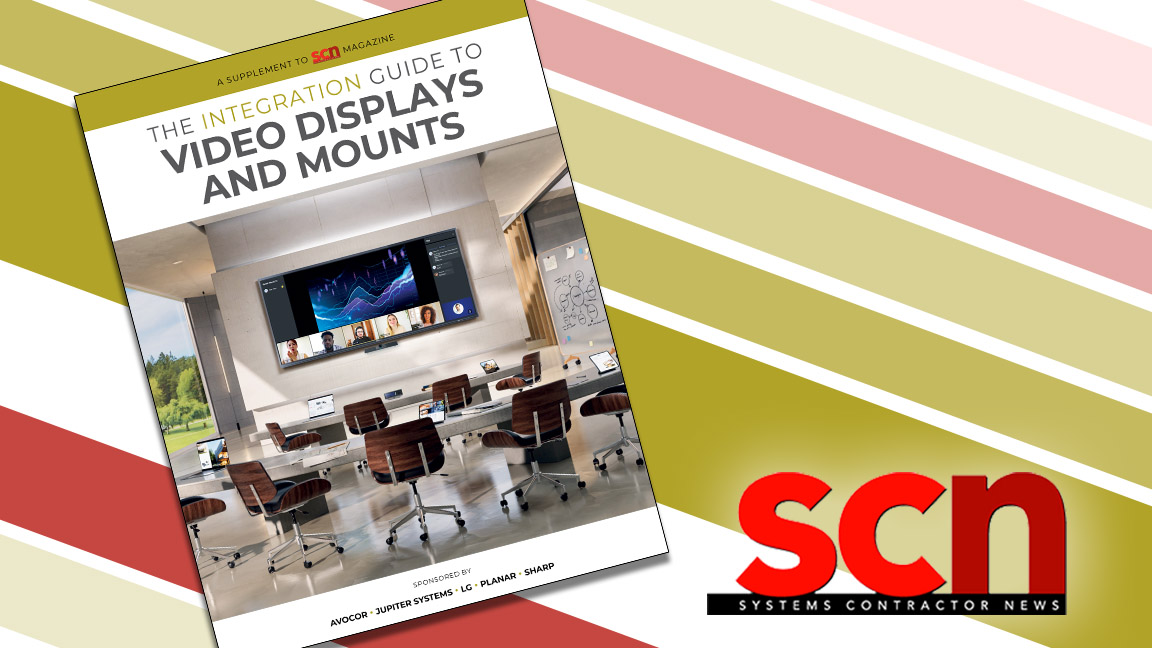Eight C-words That Won’t Go Away
Some things never change. At end of day two of InfoComm 2012, some familiar themes have emerged, and they continue to be among the most vexing – and persistent – challenges faced by technology managers and AV system integrators. Coincidentally, they all begin with the letter “C.” I’ve already mentioned the four of them (Change, Continue, Challenges, Coincidentally), so let’s move on to C-words five through eight.
Convergence
We are all sick and tired of hearing about convergence. Some say it’s already happened, some say we’re still in the middle of it. The truth is, complete convergence will never happen. We will never stop talking about the convergence of AV and IT because they are like asymptotic lines in geometry; AV and IT will continue to draw infinitely close together but they will never meet. And there’s nothing wrong with that, since they are two distinct disciplines and areas of expertise. I believe that the technologies they share are closer to convergence than the industries themselves are; once they’re in sync, we’ll all get along much better.
Compatibility
More accurately, “Interoperability”, but that disrupts the “C” theme, so let’s go with compatibility. Whatever you want to call it, I’m referring to the ability of devices to work together in a system even though they’re based on different platforms. For many reasons, both historical and strategic, there isn’t a lot of it in AV, and it’s the cause of one of the biggest pain points for technology managers. Standards help, but only when vendors agree to use the same ones. The most encouraging sign of resolving the compatibility problem that I saw at InfoComm was Audio Video Bridging (AVB), which is an extension of Ethernet. The only limitation of AVB is that it’s not a very “democratic” protocol; the cost of certification seems to be a major barrier to entry for smaller manufacturers, and that hurts competition and ultimately, the choices available to technology managers.
Consumerization
This refers to the recent trend of consumers driving technology decisions. The iPad is the poster child of this trend, but the adoption of HDMI and MP3 audio are other examples that have impacted the application of AV technology in commercial/professional applications. How did we let this happen? When I started in this business, professional applications drove the technology. When a technology was “good enough for the pros”, the appeal for consumers was a done deal. Today, the much larger consumer “tail” seems to be wagging the professional teacup poodle, and the expense of quality. Pro manufacturers and system integrators are scrambling to resolve the myriad problems caused by having to incorporate HDMI (and its HDCP “feature”) in applications for which it was never designed or intended. Tech managers are often caught in the middle when the consumer technologies they want to use don’t play well with the professional technologies they need to use.
Commoditization
We first started talking about commoditization of AV over 10 years ago, when projector prices dropped below the $1,000 mark. Commoditization forced AV dealers to become AV system integrators, and is now leading them to adopt a service model, which will ultimately benefit both the channel (at least those who can successfully make the transition) and technology managers.
Although this list of C-words may appear to be an aimless abuse of alliteration, it’s a serious matter when industries face recurring, unresolved issues year after year. When an industry gets too invested in old ways and can’t transcend its technological challenges, obsolescence becomes a real threat. Remember what happened to buggy whips and the railroad industry. It also sets the stage for the next letter in the English alphabet – Disruption.
Mark Mayfield is an independent consultant, analyst, and writer in the communications technology industries. He can be reached at mmayf56@hotmail.com.
A daily selection of features, industry news, and analysis for AV/IT professionals. Sign up below.
